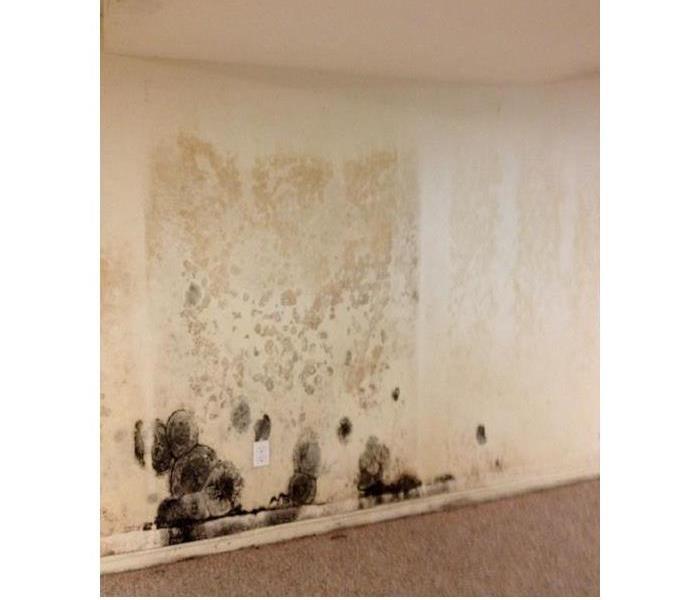MOLD: Facts you should know
1/16/2017 (Permalink)
Not all mold is toxic but it can cause allergy problems.
Stachybotrys, a form of toxic mold, is usually found only in homes that have prolonged water damage.
Mold spores occur in the indoor and outdoor environments. Mold spores may enter your house from the outside through open doorways, windows, and heating, ventilation, and air conditioning systems with outdoor air intakes. Spores in the air outside also attach themselves to people and animals, making clothing, shoes, bags, and pets convenient vehicles for carrying mold indoors.
Mold spores can't be eliminated from indoor environments; BUT they will only germinate into mold if there is moisture.
When mold spores drop on places where there is excessive moisture, such as where leakage may have occurred in roofs, pipes, walls, plant pots, or where there has been flooding, they will grow. Many building materials provide suitable nutrients that encourage mold to grow. Wet cellulose materials, including paper and paper products, cardboard, ceiling tiles, wood, and wood products, are particularly conducive for the growth of some molds. Other materials such as dust, paints, wallpaper, insulation materials, drywall, carpet, fabric, and upholstery, commonly support mold growth.
DO NOT PUT BLEACH ON MOLD. THIS WILL FEED IT INSTEAD OF KILLING IT!






 24/7 Emergency Service
24/7 Emergency Service
